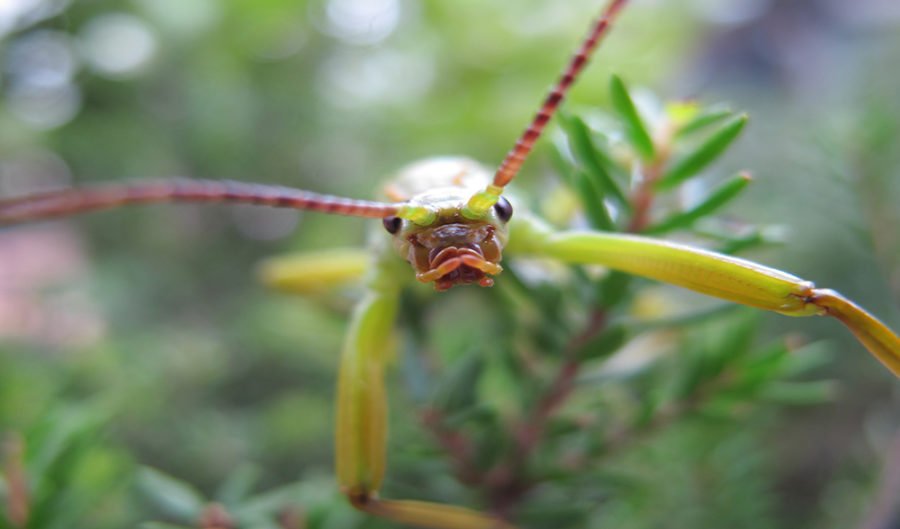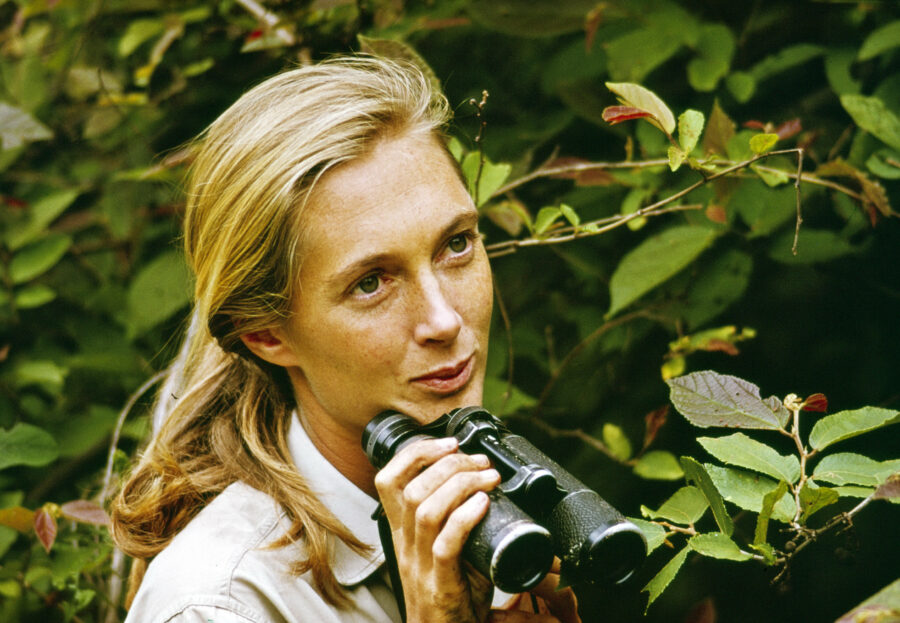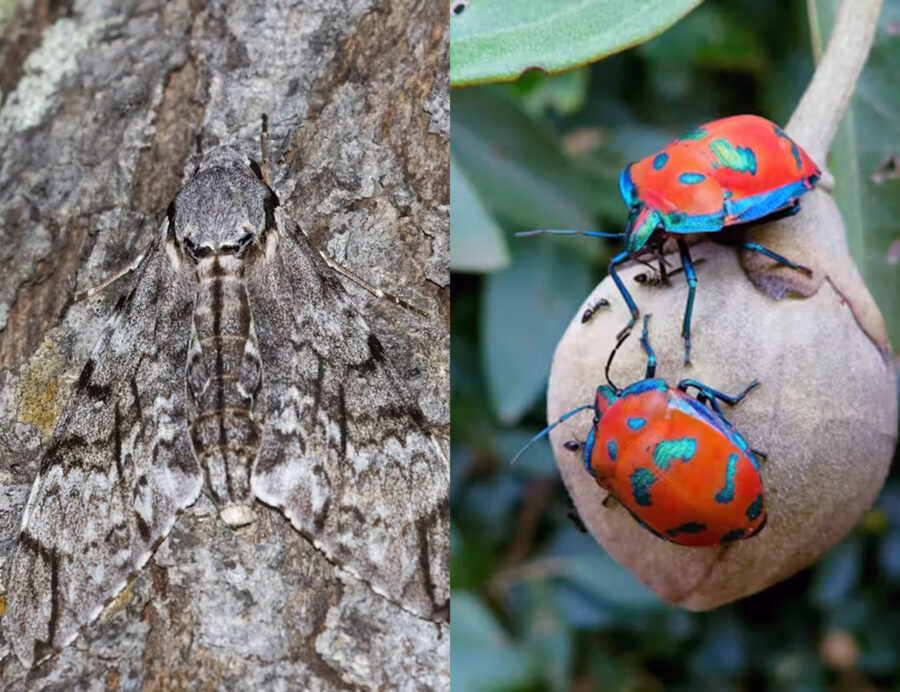From extinct to 13,000 hatchlings

NOT ONLY HAS the Lord Howe Island stick insect been brought back from the brink of extinction, there are now 13,000 new hatchlings at Melbourne Zoo – a significant milestone in the conservation of a species with a wild population of less than 40.
The stick insects are now being bred abroad to further secure their population, in the hope that one day they can be reintroduced into their native habitat on Lord Howe Island, 780km north-east of Sydney, without risking endangerment again.
From the brink
After no sightings since the 1920s and being declared extinct in 1986, the stick insect was rediscovered in 2001 and Melbourne Zoo immediately sought to start a captive breeding program. Following the success of Melbourne Zoo’s Butterfly House, staff were invited to start a captive breeding program by the NSW Office of Environment and Heritage.
In 2003, the initiative was finally approved – but it would be a tough road with close calls before this insect could thrive.
Patrick Honan, manager of live exhibits at the Melbourne Museum, was working with the Melbourne Zoo when the conservation project began in 2003.
A team from the Lord Howe Island Board’s World Heritage Unit went to Balls Pyramid, the 300m-wide rock stack that lies 24km away from Lord Howe Island where they collected two pairs of stick insects; one pair was sent to Sydney and the other, named Adam and Eve, went back to Melbourne Zoo with Patrick.
At the time, little was known about the species. “I stayed with them all night for a month just to make observations,” Patrick said.
After much trial and error, Eve laid her first 10 eggs. But the celebrations were short lived.
She quickly became sick, even lying on her back with her legs folded in, close to death. The pressure was mounting for the team, with this likely being the only chance they had to breed and save the species, Patrick said.
Despite very little information about health care of the species, the zoo’s vets and Patrick developed a trial treatment made from blended leaves and calcium. Staying up with Eve on that crucial night, Patrick gave her the liquid drop by drop. Eve slowly revived, and over her lifetime went on to lay 248 eggs, the usual for these unique stick insects.
“We came extremely close to losing them altogether,” Patrick said.

Eve, the female stick insect, was close to death after laying only 10 eggs. (Image credit: Rohan Cleave, Melbourne Zoo).
A new leaf
Now, with the 13,000 tiny newcomers, talk turns to the future of these insects.
Batches of eggs have been sent to Bristol Zoo, UK, Toronto Zoo, Canada, and will be going to San Diego Zoo in the US in this coming week.
Rohan Cleave, breeding program manager at Melbourne Zoo, is part of the small team currently working on the breeding program. He said the international hosts “[must] comply to specific requirements” and a lot of time has been spent on ensuring the natural environment of the stick insects are recreated.
Patrick said there are enormous benefits in having well-travelled insects. “It just requires some sort of disease to break out” and the captive population could be endangered, he said.
With the 13th generation of the original Adam and Eve coming up in the middle of the year, they are still a long way off from losing their critically endangered status.
The black rat problem persists but the Lord Howe Island Board have introduced a plan for 2016 to start eradicating the rodents that threaten the stick insects.
Although it may seem like a long and difficult process to make the island safe for the insects to return home, the success story of their revival can be used as a “story of hope” for the future, Rohan added.
“That’s the great part about this story, the last chapter is still being written.”
READ MORE:




